The cloud has almost boiled back, the sun chasing a lowering and disintegrating weak ridge of low pressure, there’s a space for early summer between it and the next low dragging in from the south west. Temperatures are rising into those of a late summer day, yet it’s May, such is the way our seasons pace out the years nowadays. Verges are lush, the pollen and dust washed down by the rains of two days ago, the world feels cleaner, the greens sprightly. I’m on the B1150, music on. It’s nice pulling away from the city into the less sought out corners of the county. It’s a route I know well, it works in either direction; it used to be an escape and a return home and it still is but with a reversed polarity over the procession of years, a pole shift.
We head out past the slash of the NDR, the seemingly pointless 30mph that pushes the city’s infiltration of the countryside still further out. The light is still lifting. There’s a sharp corner past Stanninghall, a glimmer away from the quiet twins of Coltishall and Horstead, it’s marked with a slow sign. Somewhere, something breaks free of the mud in the back of my mind; an out of focus memory becomes sharp. I don’t know if it’s the angle of the light or the way I glanced at the verge, but the bubble breaks away and lifts rising through my thoughts. In 1984 I had a Morris Minor van, it was hand-painted dark blue, brown Datsun seats welded in and fake-fur lined by the previous owner. I slept in it for a while, drove groups of drunk people about, traversed the country in it for two years until in 1986 on the way back from Liverpool, when on a roundabout in King’s Lynn the chassis snapped, I limped it home where it was eventually scrapped.
The shingle glimpsed here though, a vague beach on the bank of the river of tarmac; I stopped here once on a routine trip to the city and picked up two lads, they were a year or so older than me. I recognised them from the Black Swan or the King’s Arms; spiked punky, psychobilly hair, studded leathers, the faint smell of Bostik, air thick with an incontinence of comma-like fucking swearing. I knew them vaguely through a mate, Jon, a rockabilly who went hippy, turning from Carl Perkins and to Dave Brock and Nik Turner in one loping teenage tribal stride. I lost him years back, he went one way I went another, different colleges, he sculpted and drew in charcoal, large format pieces, I dreamt of gouache and cameras, stuck things together and lined them up.
I drove them back to North Walsham, semi-coherent and ever-grateful, a hard night of cheap tins and glue behind them. And after all these years they’re lost, I can’t remember who they were, namelessly bobbing in a pond of half-forgotten, time-blurred faces. We nodded farewells near North Walsham station, I pulled away, hands raised in salute in the mirror. It’s strange what gets stuck in the hardened heat-cracked mud and dust at the back of your mind. I never saw them again, I’ve not seen Jon since either, maybe for 30 years? I’m surprised by this bubble, the old air of the past rising thickly to the surface, I can taste it, smell the dust and sun as it bursts on the weed-clotted surface.
I drive down the slope of Station Road under the bridge, then cross the old railway line, a bypass since the late 1970s. I struggle to find the road to Bacton for a moment. Even familiar pathways shift slightly; one-way this and dead-end that, new houses and missing arcs of buildings in a town I once knew well, sloughed off like the cells on the back of my hand. It is of course here, exactly where I left it, still taking its fitful trickle of visitors to the flat line of the concreted coast. I drive past the Bluebell Pub where we would occasionally go and drink sour-pasteurised thin Watney’s beer, boiled and soiled, rebadged as Norwich Bitter and S&P. The car park is no longer filled with Vauxhall Chevettes and Ford Capris. Horse-paced we follow a Sunday Kia out of the town along roads you can’t do much with anyway; there are no other cars, just us and the old man doing a solid 20mph no matter what, there’s a cyclist or two clad in skintight Lycra, they pass like black skinned sharks, reflective-goggled insect eyes, standing tall, straining in their stirrups against the soft inclines.
Edingthorpe; it’s Anglo-Danish, a sub-settlement rising not that far outside the already established Anglian town. A thorpe that’s been in this nowhere for as long as it has existed. We pass the wood yard on the right, another bubble releases softly from the mud rises, gaining sunlight then breaks. We came here; another friend Andy, his dad Phil and me, we were about 14. They’d built a radio-controlled aeroplane from a cheap kit, hours of glue and balsa, shrink film and his mum’s hairdryer. It had a tiny engine that ran on petrol and stank of castor oil. Phil was a customer and friend of the owner of the sawmill, they had a field. We got the plane up somehow, Phillip gently throwing it upwind. It flew true, a straight line once the rudder and elevators were trimmed, then it suddenly flipped and bombed down in a tight arc, dashed itself to bits on the side of a shed at the top of a rise near a stand of mixed pines.
The church is on a rise from the village at the end of a track, a turn opposite a rather unprepossessing village pond takes you up to the dead end rise in the land. We never bothered with it when we came here as kids and teenagers. Bradfield yes, with its dusty doom, Reepham with it’s tombs, Antingham with it’s twins, Worstead and its outsized richness, or Felmingham with it’s solid, primitive bulk. We cycled to all of them, an interest in these old reservoirs of the past growing alongside a love of New Wave and cigarettes. I smoked outside them all, mashing out butts on flint walls, went inside and peered into the gloom or light, leafed through prayer books and bibles, fingered the edges of carvings. This though was missed, and I’m stunned as to why beyond it being shielded by the trees.
All Saints is a real gem; a thatched nave and pan-tiled chancel throw its appearance backwards in time further than I expect, some of this is Saxon. The external picture is completed by a curious Norman round tower with an added medieval octagonal belfry. The join is nearly invisible, almost melted together in such a way that it possesses the vague feeling of a strange bottle kiln. It nestles silently in a profusion of trees and bushes, in the still late spring air, bees move under the canopy above a wildflower meadow planted beneath. The only noise is birdsong, finches and a startled blackbird, faintly the sound of an invisible lark high above over the field. Outside the gate the countryside is silently stitched together spreading out below as it has always been. It suddenly feels like forever, suspended here in the warm honey of the air.
We approach the Lychgate, several stories in itself, not least what the name means. Through it is a boy, splay-footed in the grass, cycle-helmet a canted back over a bright summer jacket, he is astride his bicycle on the path, rolling restlessly backwards and forwards. The figure of a man is just visible behind the door inside the church. It always makes me vaguely disconcerted meeting people also visiting in this often solitary pleasure. The man, my age, comes outside as we approach. We say a passing ‘arternoon’, eyes meet. I feel something pass, there is that time-twisted fractal of something like recognition, faces neither of us can quite place. He picks up his bike from where it is leant against the porch and they wheel away back through the tightness of the lychgate.
The inside is light, cool and airy, there is no stained glass in what was a community church in a large, quite poor parish. Clear windows flood the interior with sun. Century-long silence looms broken only by the drill of a lone fly doing lazy circuits of the nave below the medieval beams. There’s a 13th century rotten door fixed to the wall in front of it a workmanlike medieval font. Towards the chancel there is a fabulous little rood screen, unlike many it is more or less intact, the faces not scratched out or scraped off in a puritanical fervour. There’s some additional paint added in the form of tracery, but the figures are pretty complete, all male saints. St Bartholomew with his flencing knife, St Andrew and his Saltire, St Peter with his keys. On the other side St Paul stands with his sword, St John the Divine with his book and palm and St James with his staff and scallop shell. The reds and greens are rich still, gilt halos and flowers shine in the ancient sunlight.
And then there are the wall-paintings. These were discovered beneath layers of distemper, limewash and paint during renovation work in 1937. The main one an apparent rarity; St Christopher and a Christ child with a halo. Further along the seven work of mercy, or possibly the patrons who paid for the painting, or both, who really can ever tell now. M.R James liked them which pleases me no end for various reasons. Other figures possibly still lurk below the layers of wash, some are lost. Wall paintings revealed like this always give me an uncanny sensation, I can barely look at them without thinking of the novella A Month in the Country. I book I first read not long after we crashed the plane into the shed. Written by the Joseph Lloyd Carr, it is as elegantly melancholic as it is somehow tender, a story that plots a journey through loss, discovery, the axis of which are the joy and pain entwined in the main character’s recovery. The vehicle is the gradual uncovering by a traumatised Great War veteran, Tom Birkin of a medieval wall painting. It has long been a favourite book, one that helped light several of the many fuses that continue to burn away inside me.
A man came here at the time the wall paintings were being revealed, like me he brought with him bubbles of memory that rose slowly by the still green waters as he stood by the village pond. He wrote of it in 1938 in The Old Century and Seven More Years and again in 1941 in The Flower-Show Match and Other Pieces all reflections on a childhood holidays spent in the Rectory, at the beach and around the church. The man was Siegfried Sassoon.
The church of a far-off childhood, with its single bell that called to us across the fields at sundown — for there was only an evening service while we were at Edingthorpe. All churches are alike in the eyes of our Maker, it now seemed to be saying; and it evoked in me a sense of local England and of the simple old centuries behind it — the harvests it had seen, and the pathos of those humble folk who had toiled and died and had been ‘of this parish’.
The church caught me napping. I had failed to remember that it had a thatched roof. Surely I must have been aware of that in 1897. But I could only remember an hour-glass in an iron frame on the pulpit, and how the earnest-featured young locum tenens parson had once interrupted his sermon by striding swiftly down to eject some misbehaving village boy. I would have liked to know that the hour-glass was still there — to turn it over and watch the trickling sand; but the church door was locked and I couldn’t see much of the interior through the narrow plain-glass windows. So I walked slowly round the graveyard, which was just sufficiently neglected to be pleasing, and observed for the first time that the lantern tower was octagonal. In old days I had felt a casual affection for the church, and had liked the idea of it having been built in the thirteenth century. But I realised now that it had a very special dignity and simplicity, standing there on its low hill above the harvest fields as though it were the faithful servant of the life around it.
The frame of the hourglass is still in place, attached to the side of the pulpit which itself is alleged to date to 1632, it is now empty, glass less, smashed some years ago when time stopped. It looks like a candle-holder. Sassoon, here, hiding in those details.
He too stopped at Edingthorpe lychgate, left a cornflower and a poppy on the ledge. The gate wouldn’t have been here when he visited as a child, it was fashioned from oak after the Great War. It is a memorial for the Rector’s son, Lance Corporal Bernard John Muriel. He served with the 1st Battalion Norfolk regiment, 9th Foot and died when the troop ship he was on went down. It states he fought at Mons, Le Cateau, The Marne, The Aisne, The First Battle of Ypres, and at Hill 60, before finally vanishing when the military transport Royal Edward was torpedoed in the Aegean Sea on the 13th. August 1915.
Here anyhow was someone who must have remembered that little church on the green rising ground, for his father had been rector for nineteen years and was buried close to the lych-gate.
On the reverse side added later are the names of the other men from the parish who perished in the Great War. The lychgate would have been something Sassoon could identify with strongly. One of his two brothers, Hamo Watts Sassoon, who he had played with here in the late 1890s died of wounds incurred at Gallipoli on board the hospital ship SS Kildonan Castle on the first of November 1915, he was apparently shot in the leg by a sniper while out in front of the wire entanglements on 28th October 1915 at Suvla Bay and contracted sepsis in the wound, he was buried at sea.
As always I reach for the visitor book at the door, Edingthorpe is no different. I start to write in my name and origin, and a simple thank you for still rooting us here in the flow of everything, a copper on the passed plate. I look up the list, the man who stood here in the doorway had signed it too. A bubble rises, it was Jon. I look back and meet his eyes again in my mind, the faded pale blue sparkle of someone I’ve not seen in half a lifetime since he went one way and I went the other. That spark of recognition across time, our faces quilted by the years.*
To My Brother
Give me your hand, my brother, search my face;
Look in these eyes lest I should think of shame;
For we have made an end of all things base.
We are returning by the road we came.
Your lot is with the ghosts of soldiers dead,
And I am in the field where men must fight.
But in the gloom I see your laurell’d head
And through your victory I shall win the light.
Siegfried Sassoon
Well hurry on sundown
See what tomorrow brings
Hurry on sundown
See what tomorrow brings
Well it may bring war
Any old thing
Look into your mind’s eye
See what you can see
Look into your mind’s eye
See what you can see
There’s hundreds of people
Like you and me
Oh, hurry on sundown
Hurry on sundown
Oh, hurry on sundown
Hurry on sundown
Brock
Links and interesting bits and pieces
A perambulation of the two counties by M. R. James, – Mentions of Edingthorpe wall-painting
The Old Century and Seven More Years (1938) Siegfried Sassoon – Edingthorpe church and surroundings in his youth
The Flower-Show Match and Other Pieces (1941) Siegfried Sassoon – References to Edingthorpe
Simon Knott’s website entry for Edingthorpe All Saints. Edingthorp all saints church
Painted churches – Edingthorpe The Edingthorpe Wall paintings
Laurels and Donkeys – Andrew Motion, his poem whilst set in Kent is based on Sassoon in Norfolk.
*No he isn’t on Social Media I’ve already checked.

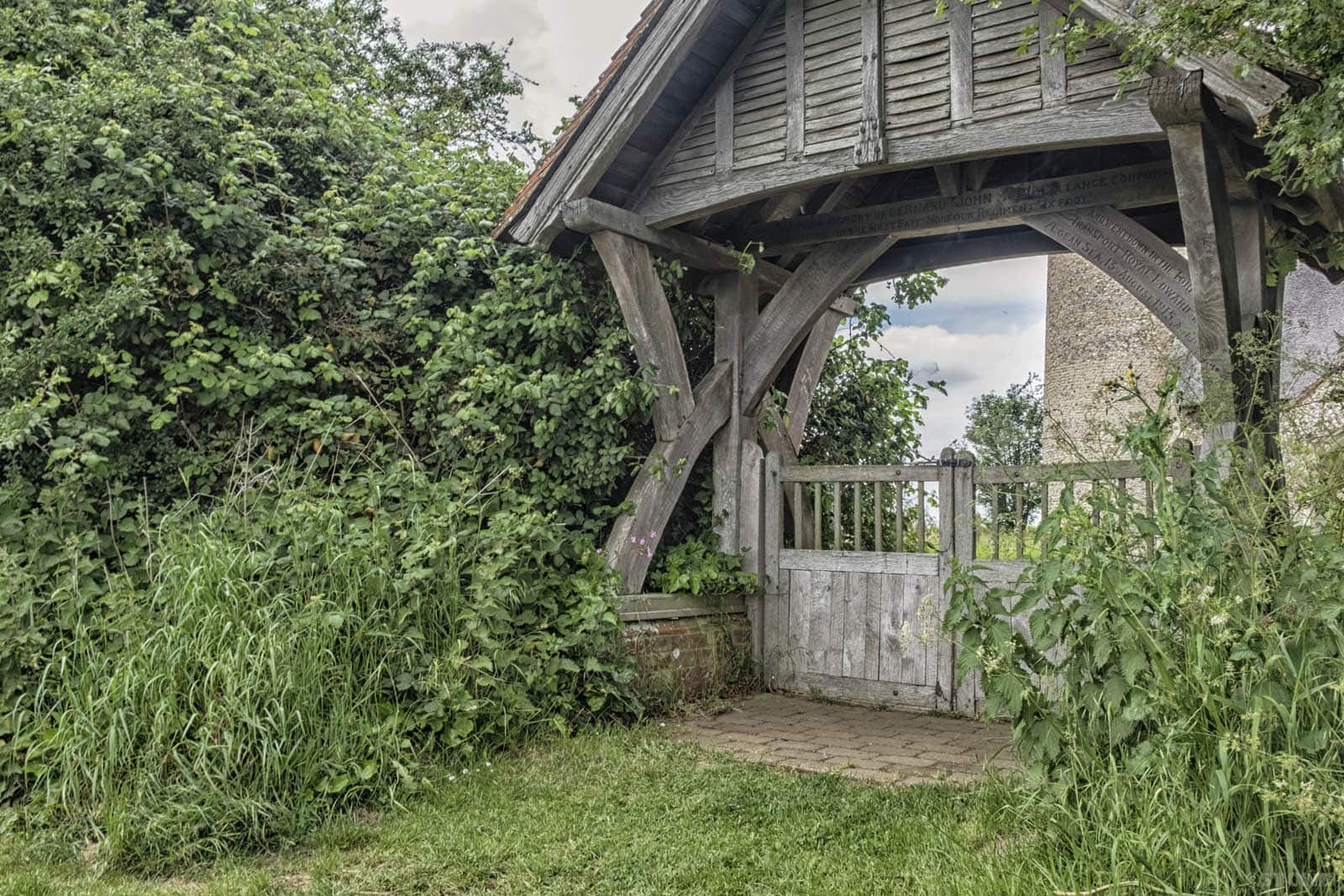
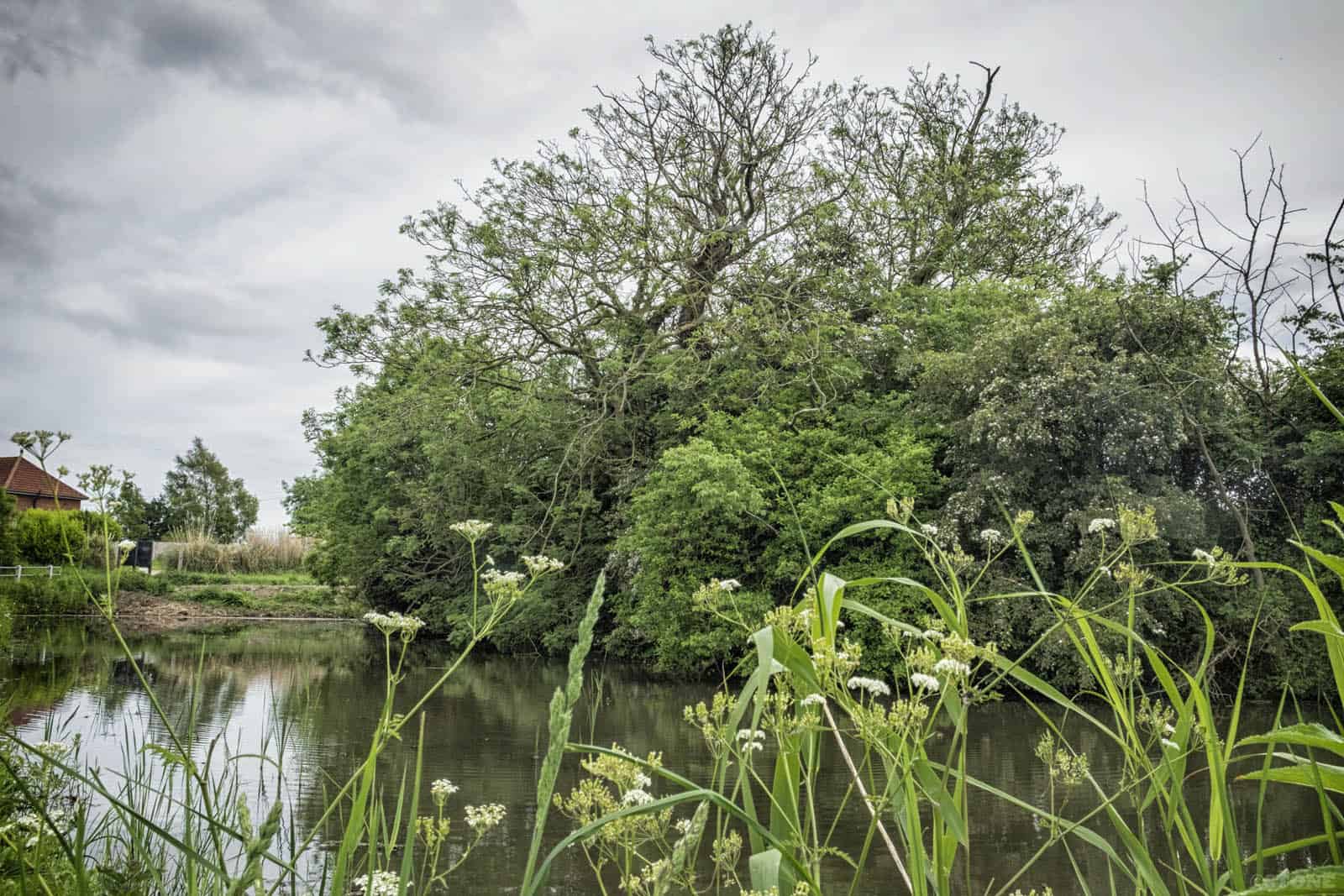
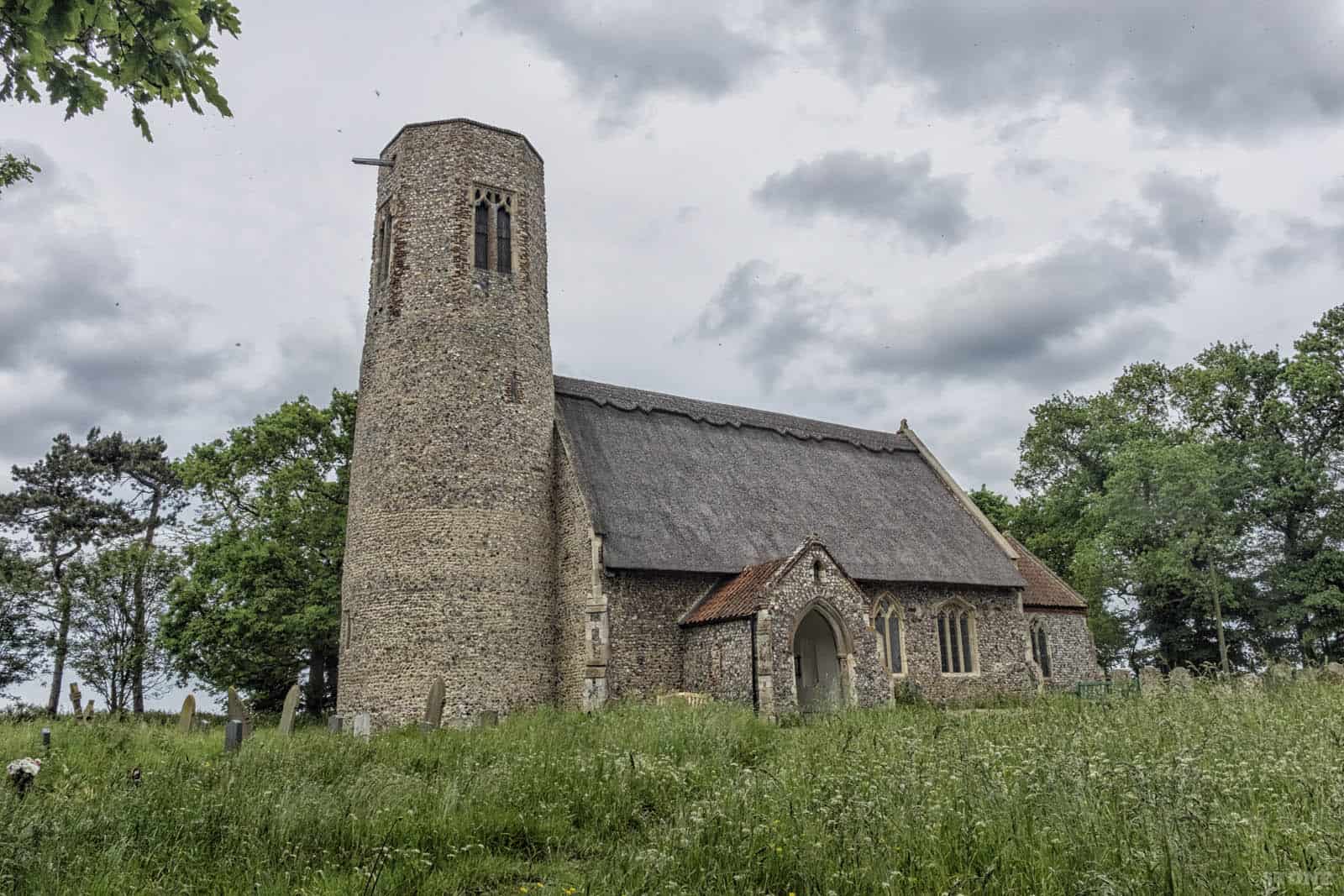
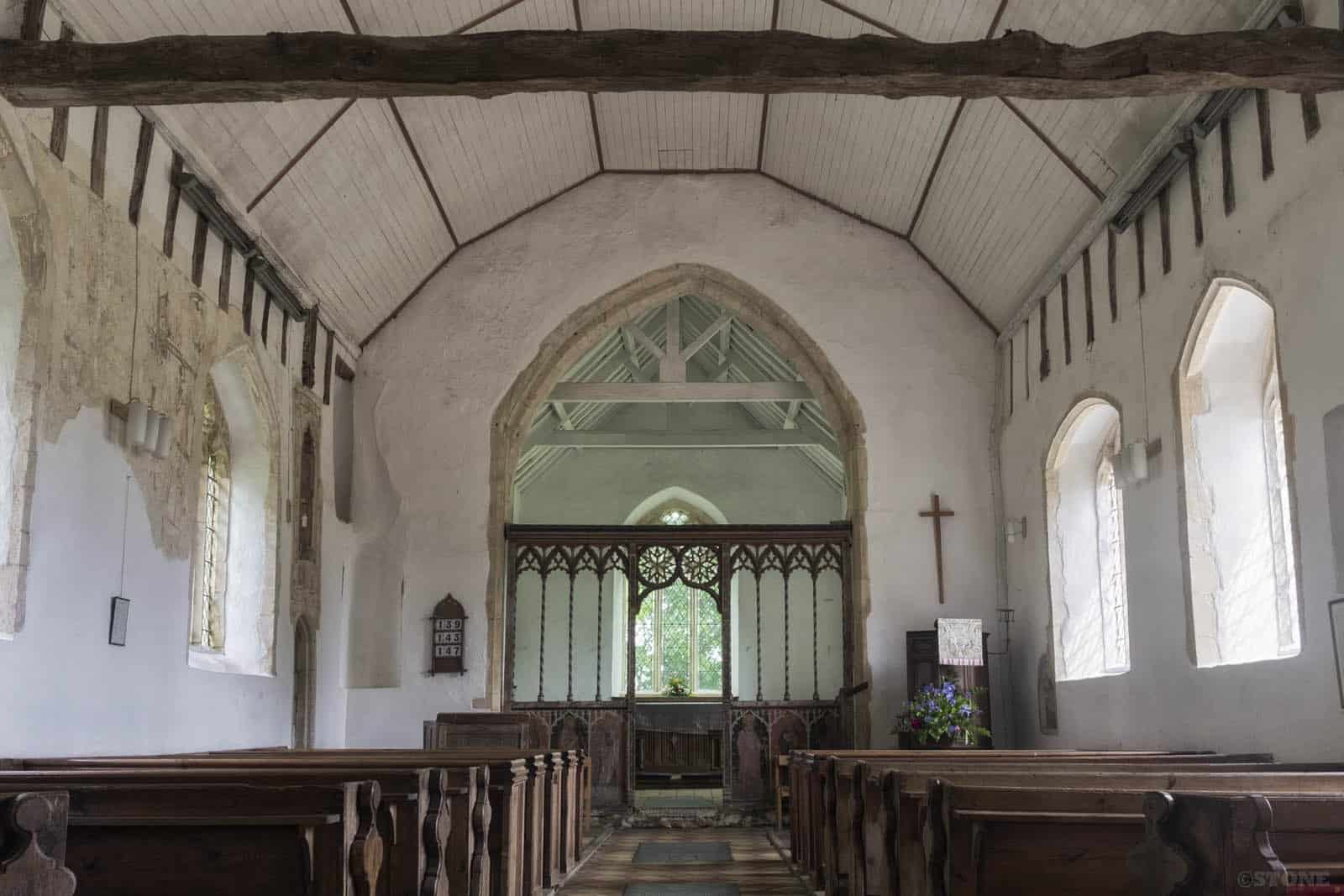

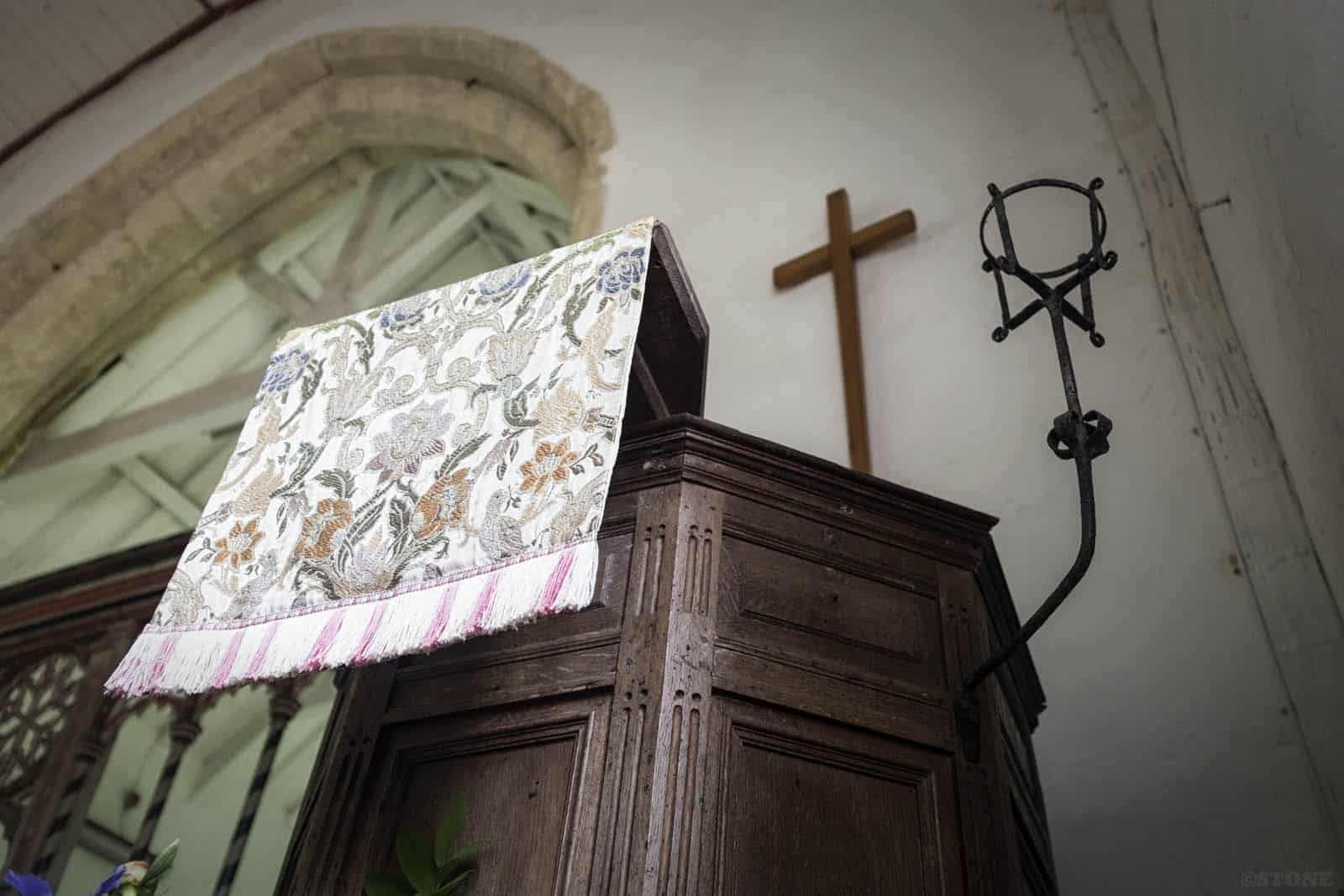
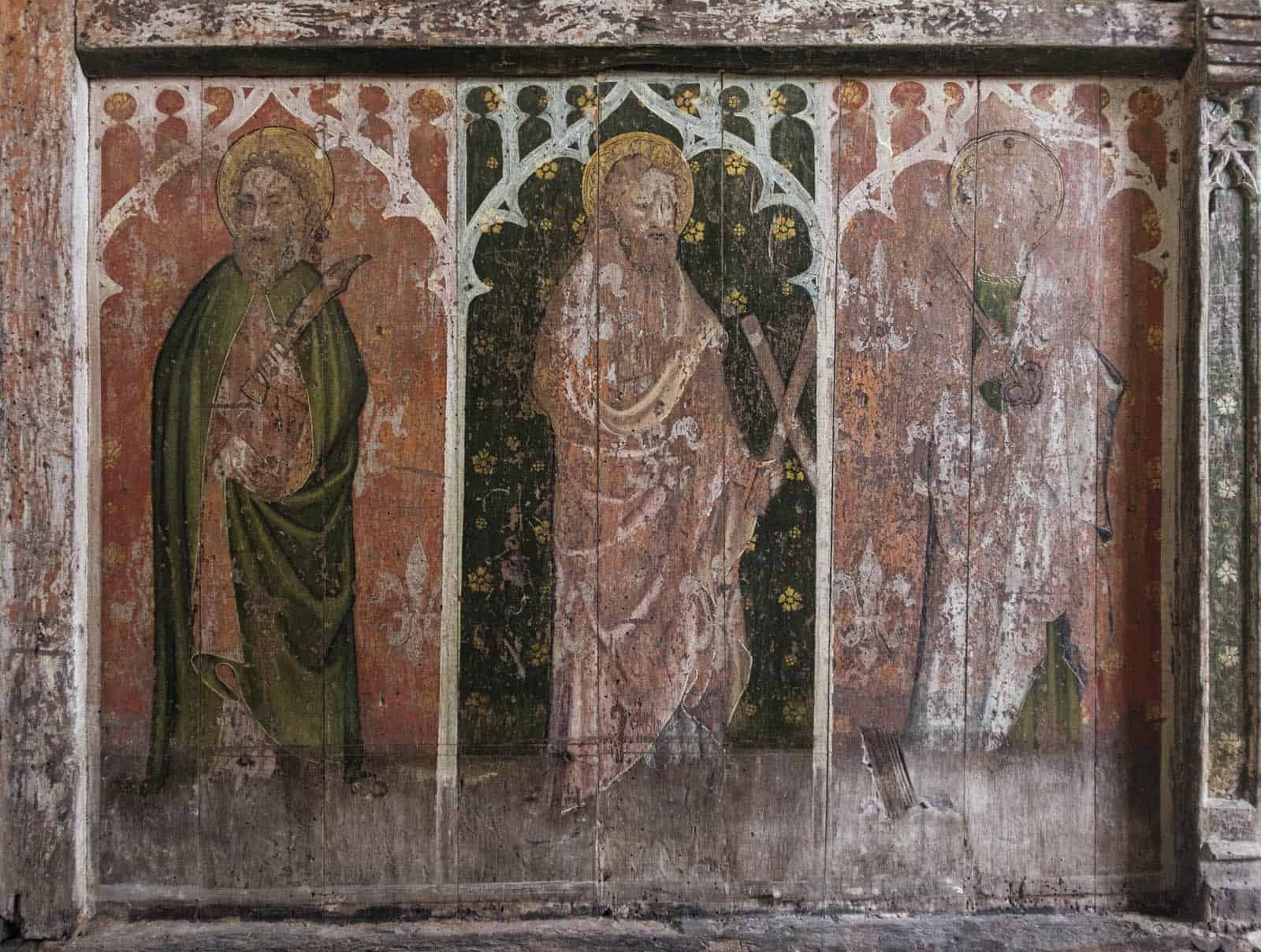
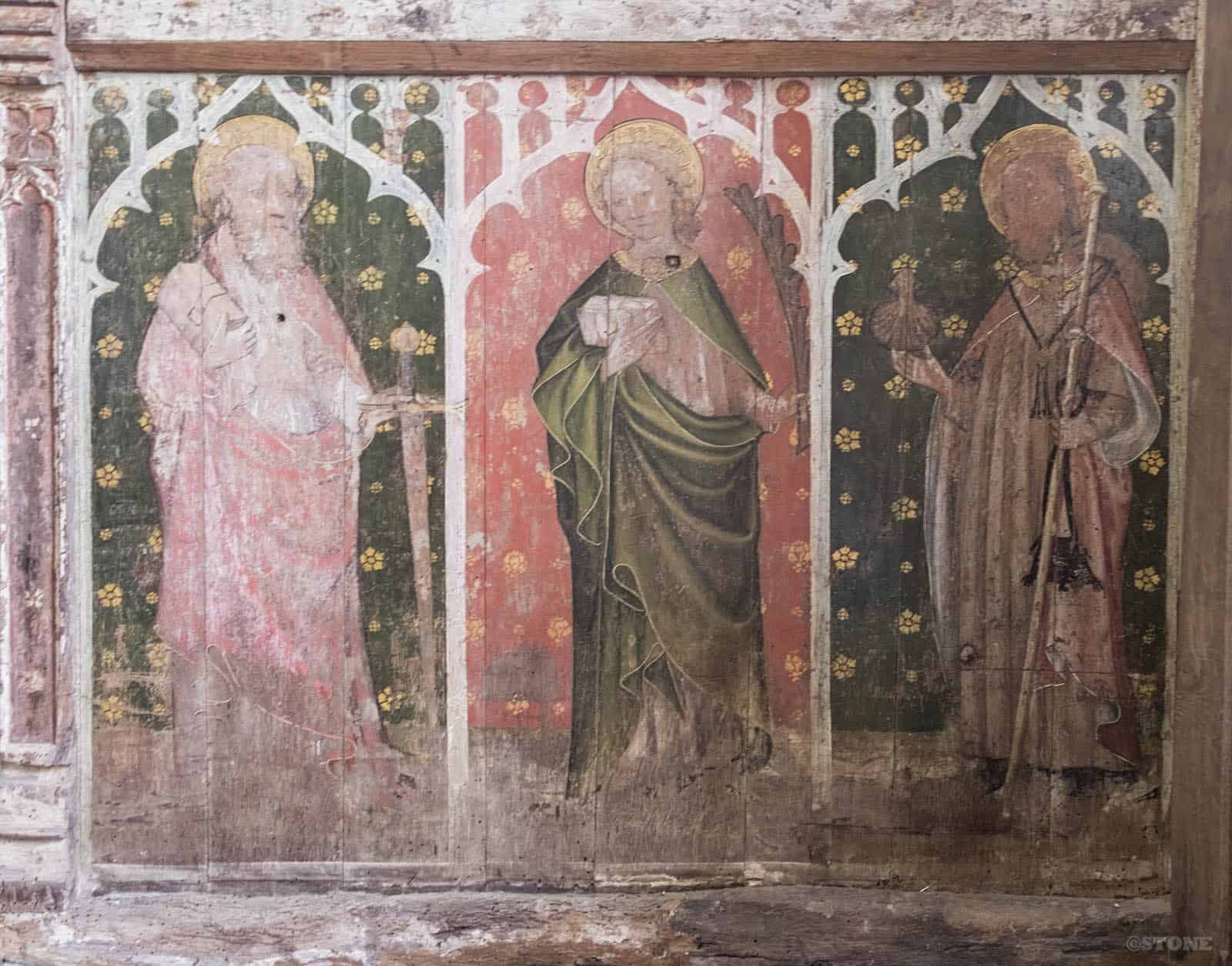
” just sufficiently neglected to be pleasing,” what a beautiful turn of phrase.
This is another gem I haven’t yet visited despite passing it many times when I used to drive school buses. I will visit it one day.
A great piece on one of Norfolk’s hidden gems. I really like this church and try and visit every year, usually by bike. It was good to read the full Sasoon references too. Crostwight nearby is also well worth stopping at, another atmospheric gem, at the end of a track, with wall paintings, including a St Christopher. It is also kept unlocked. Paston too has a St Christopher.
Thanks Paul. I went to Crostwight on the same trip but it was locked and the keyholder was out, so I just grabbed a few of the outside. Must try again.